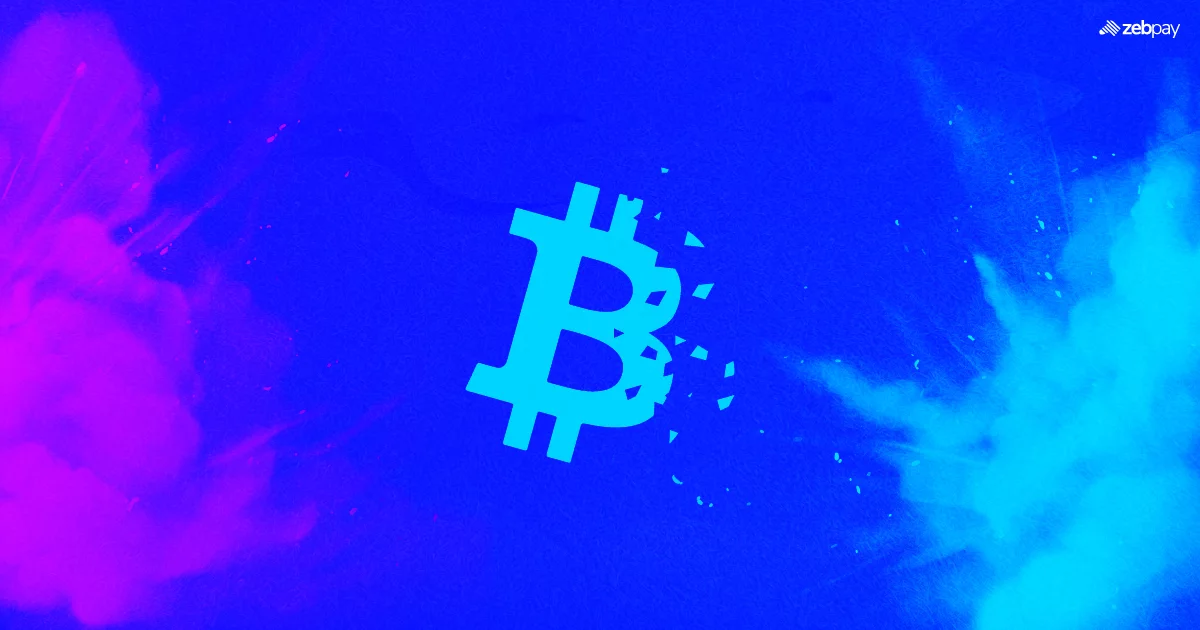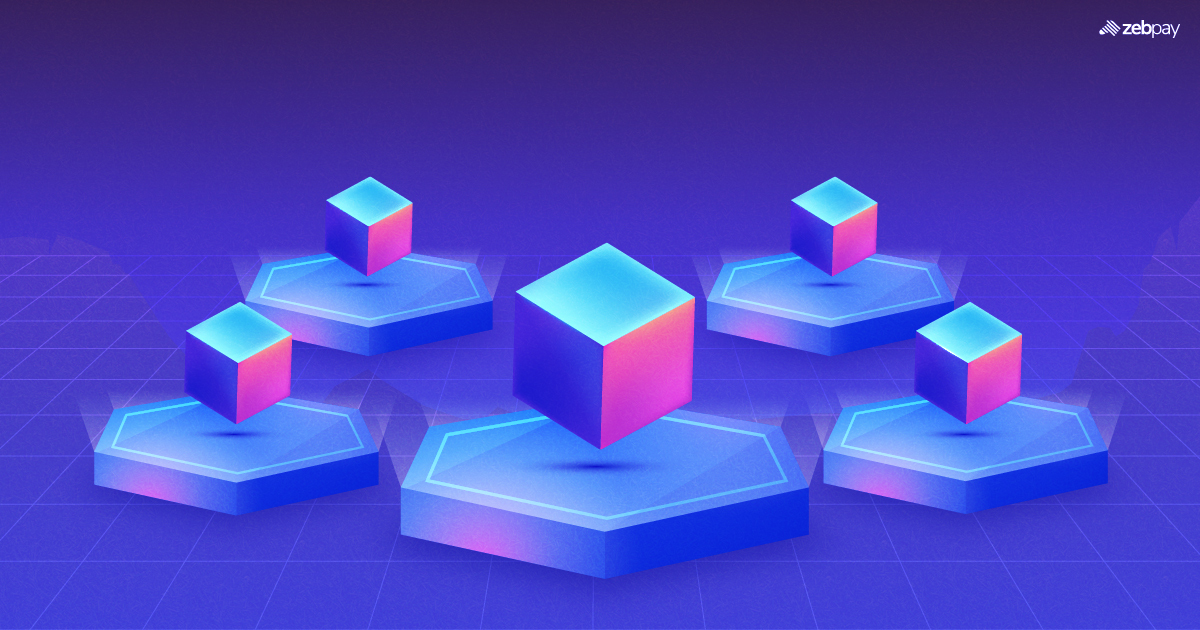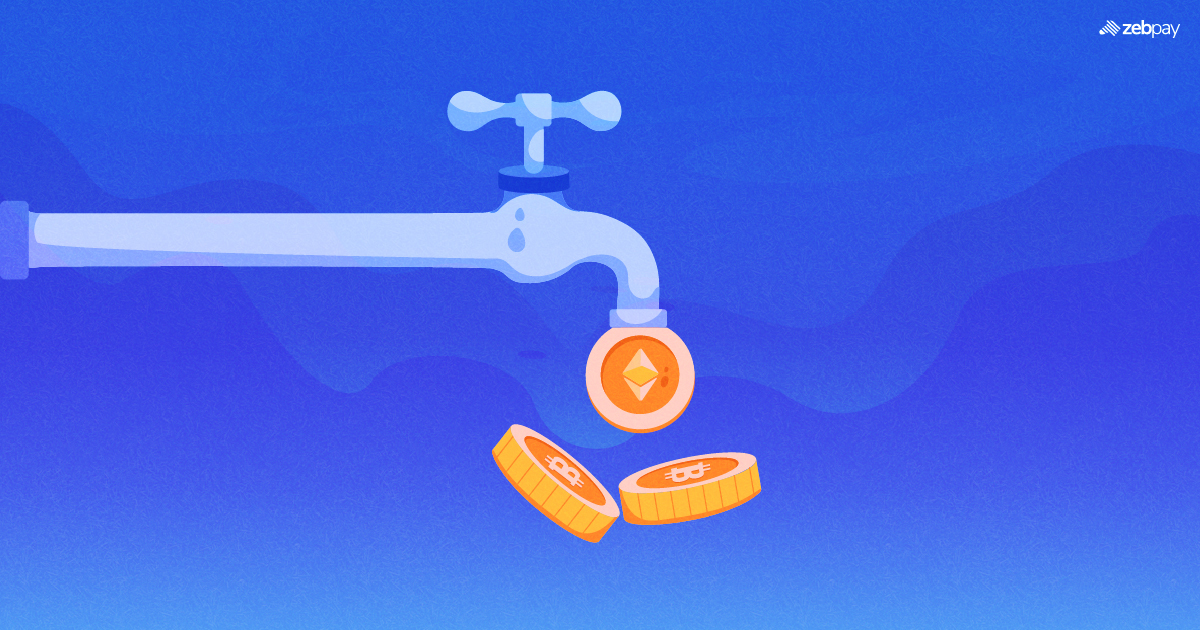Whenever you make a transaction or trade in crypto, there is a small leftover amount of tokens. Sometimes, this amount may be so small most users don’t even notice it. For example, the smallest possible unit of a Bitcoin is called a “Satoshi” (0.00000001 BTC). Crypto dust refers to a few hundred satoshis worth of BTC.
There is no official definition for crypto dust, but it is widely accepted that crypto dust is any amount less than the minimum transaction fees. This means that sending that amount of BTC is more expensive than the value of the token itself. Therefore, this value changes with the change in demand on the network and the price of the token.
But how does dust get created and what is a dusting attack?
How is Crypto Dust Made?
Let’s say you have 0.4502719 BTC in your wallet. The current transaction fee is 0.00001 BTC and you decide to send 0.45026 BTC to a friend. The amount left over in your wallet will be 0.0000019 BTC. Since this is less than the current transaction fee, it will be considered crypto dust.
Crypto dust can also be transferred from other wallets. Known as a “dusting attack”, these hackers send small amounts of crypto to several accounts. They then track these tokens to try and break the privacy of the wallet’s owner.
Is Crypto Dust Dangerous?
Dust is not inherently dangerous. It is a byproduct of transacting in crypto and cannot be completely eliminated. Since you cannot exactly match the amount for a transaction with the value in your wallet, crypto dust will always exist.
Unless you hold large amounts of crypto in your wallet or think it is essential your identity as a crypto user not be exposed, you have nothing to worry about. Even if a dust attack is successful, there is no loss of funds from your account. Hackers cannot obtain your private key from the attack and will be unable to hijack your account.
How Does a Crypto Dust Attack Work?
A crypto dusting attack relies on you not paying attention to the smallest amount of tokens in your wallet. An increase or decrease of 0.1 BTC, worth thousands of dollars, will be very noticeable. However, a few satoshis are not something you are likely to pay attention to.
Hackers use this against you by sending small amounts of crypto to many different addresses. They will then use advanced tracking to try and figure out which addresses are part of the same wallet. Finally, this may lead to them discovering your identity and personal details.
This is only one part of the attack. The second part is where the attackers try to extract payments from you. They may do this through elaborate phishing scams or extortion.
Read more: Crypto DDoS Attacks
What is Dust Limit?
The dust limit is the minimum amount of tokens you must have to be able to use a blockchain. If the number of tokens in your wallet is just a few satoshis, you still have it. However, you cannot use it or transfer it.
The dust limit is based on market conditions such as transaction fees and token prices. But this makes the system unnecessarily complicated in practice. This is why most crypto wallets set the Bitcoin dust limit to 546 Satoshis, which is about 10 cents.
How Do I Stop Crypto Dusting?
There are many methods to get rid of crypto dust in your wallet.
- Some crypto exchanges allow you to trade your dust into their native token. This is a nominal amount, but it adds up over time if you are a frequent trader.
- Using DeFi wallets that create a new address for every transaction you make is beneficial against such attacks. It makes it much harder for attackers to track you on the blockchain.
- Finally, you can use VPNs to increase your security online and prevent any lapses in anonymity.
Read more: What is a Crypto Scam?
Should I Be Worried About Getting Dusted?
In short, you do not need to worry about dusting attacks. Dusting is not an easy process to carry out and requires trained teams or law enforcement agencies to work on the tracking. This makes it very unlikely that you will be a victim of a successful attack.
It is more important that you ensure your safety online. The only way you can lose your funds through dusting is if you fall prey to a phishing scam. Be diligent in checking senders of suspicious emails and do not click on unfamiliar links.
Read more: What is A Phishing Attack In Crypto?
If you are a crypto whale or a highly privacy-conscious user, follow the steps mentioned above to regularly get rid of crypto dust and ensure you cannot be tracked on the network.







